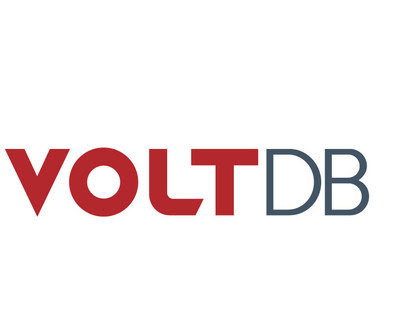SHENZHEN, China, June 11, 2021 /PRNewswire/ — With a relentless focus on partner success, Huawei Digital Power has recently hosted the Ecosystem Partner Summit 2021 to explore how to build a competent partner system for a green and bright future through competitive zero-carbon all-scenario solutions, quality service and an innovative partner strategy. Due to Covid-19 the virtual event series, with Asia Pacific, Latin America and Europe summits, is bringing together partners from 81 countries.

“Carbon neutrality has become the world’s most pressing common goal, which stirs up a revolution in power generation and consumption and accelerates the industrial upgrading as well. The energy transformation brings abundant Industrial and commercial opportunities. By integrating digital and power electronics technologies, Huawei Digital Power is pushing forward the energy revolution and joining hands with our partners to build a green and bright future,” said James Li, Member of the Huawei Supervisory Board and President of Marketing, Sales & Services of Huawei Digital Power in his welcome speech.
Mr. Li added that the ecosystem strategy lies at the heart of Huawei Digital Power’s development strategy. The digital energy industry is essentially an ecosystem industry. We will be committed to doing something right to bring value to partners, share benefits with them, and improve their capabilities, and join forces with every competent and ambitious partner to build a green and bright future through the multi-level and multi-business cooperative ecosystem strategy.
The digital power industry needs an ecosystem, and that’s why Huawei Digital Power has come up with the ‘3-4-5-6’ ecosystem strategy. “We divide partner services into three domains — smart PV, data center & site facility, and Huawei-inside domain — to allow every player to focus on their strengths. When cooperating with partners, we adhere to the following four principles: profitability, simplicity, enablement, and ecosystem. With this in mind, we will implement five major measures this year — building a partner system centering on the digital power industry, optimizing the IT platforms, promoting standardization, ramping up marketing and branding, and increasing resource inputs — to help partners improve six capabilities in sales, service, marketing and so on,” Mr. Li emphasized in his speech.
The annual Ecosystem Partner Summit, designed to showcase the resources and tools that our partners need to drive profitability, comes as Huawei’s stepping up efforts in building a zero-carbon and smart society. Presented at the summit, Zhou Taoyuan, President of Products & Solutions, Huawei Digital Power, introduced Huawei’s All-Scenario Zero-carbon Solution, featuring “5 core technologies + 4 application scenarios + 1 cloud”. The solution covers Smart PV Generator FusionSolar 8.0, Green Residential Power 2.0, Green C&I Power 1.0, Off-grid (fuel removal) Power Supply Solutions, Energy Cloud, Zero-carbon Data Center, Zero-carbon Site, Smart Charging Network and Modular Power.
Ecosystem partner representatives from different corners of the world have shared their insights into marketing strategy during the pandemic, market expansion strategy, business growth, among others, at the virtual summit. 72 top-performing partners globally were selected to be awarded for their dedication to value creation in 2020. Within a few years, some of the partners have expanded their business to more than a dozen countries, thanks to the cooperation with Huawei. Just as Mr. Li said: “Huawei doesn’t place limits on our partners, so dream big and achieve bigger.”
If you want to go fast, go alone. If you want to go far, go together. Huawei Digital Power will focus on our ecosystem strategy and join forces with our partners to build a greener, more sustainable planet that we call home.
About Huawei
Founded in 1987, Huawei is a leading global provider of information and communications technology (ICT) infrastructure and smart devices. We have more than 197,000 employees, and we operate in more than 170 countries and regions, serving more than three billion people around the world.
Our vision and mission is to bring digital to every person, home and organization for a fully connected, intelligent world. To this end, we will drive ubiquitous connectivity and promote equal access to networks; bring cloud and artificial intelligence to all four corners of the earth to provide superior computing power where you need it, when you need it; build digital platforms to help all industries and organizations become more agile, efficient, and dynamic; redefine user experience with AI, making it more personalized for people in all aspects of their life, whether they’re at home, in the office, or on the go. For more information, please visit Huawei online at www.huawei.com or follow us on:
http://www.linkedin.com/
http://www.twitter.com/Huawei
http://www.facebook.com/Huawei
http://www.youtube.com/Huawei

